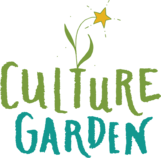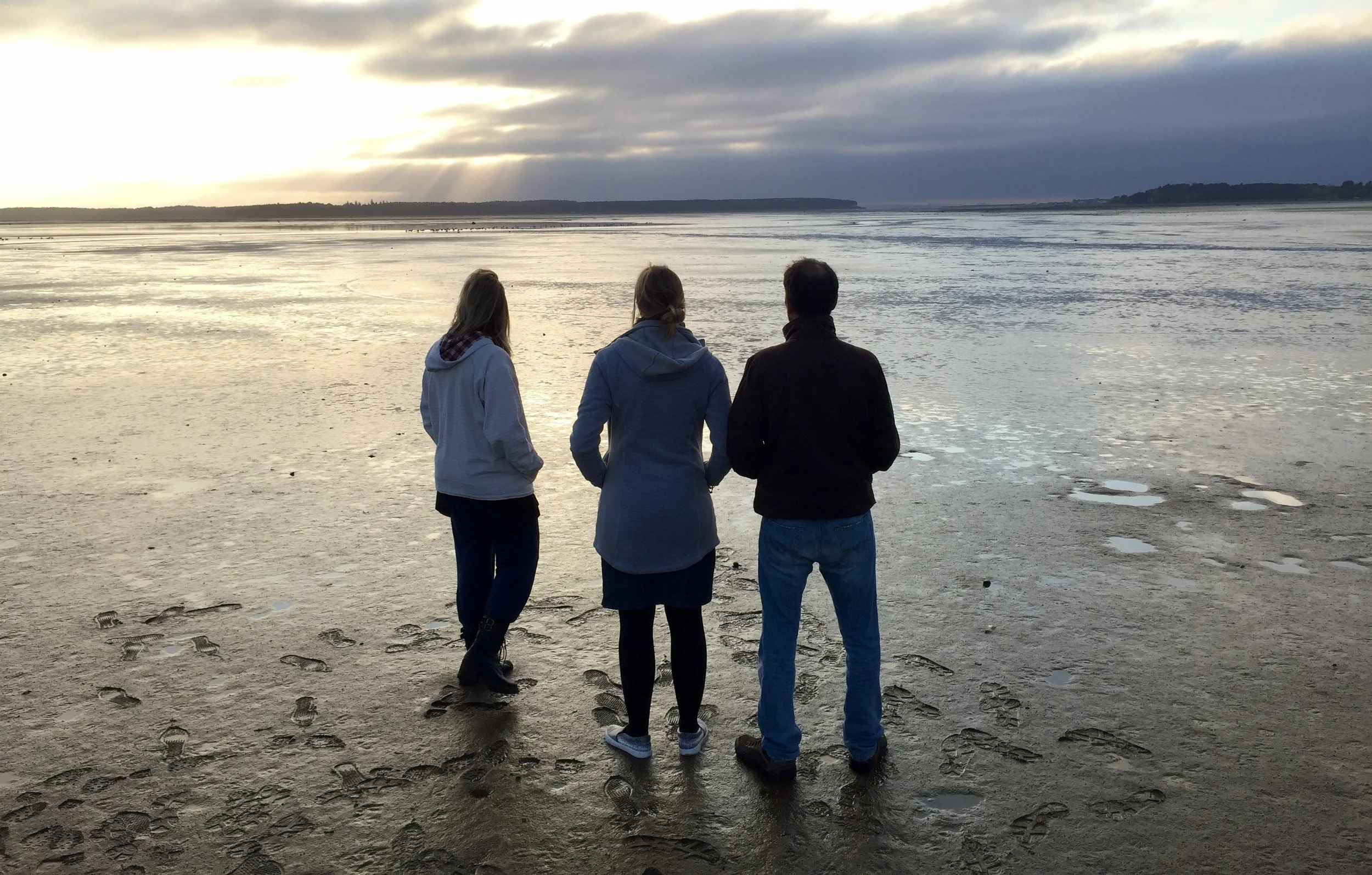Co-mentoring & Connective Cultural Practices
I have always been curious about the ways humans learn. I am fascinated by how toddlers are able to learn whatever language their role models happen to speak. My dad says, "learning is better caught than taught.” According to him, the teacher’s role is "to get out of the way, and allow the student’s inner passion and knowing to emerge." He says the best teachers heighten their awareness so they can share in students’ "ah-ha" moments, those millisecond monumental moments, when students feel the passion of what they have caught.
“We co-mentor each other, allowing the planning to emerge out of this shared agreement — a co-dependent arising”
In my field of Community Development I’ve recognized something similar in the gentle balance between Action Planning & Embodiment. There is no "right way" or "best model" for planning. Each person has their own unique talents, gifts, and perspectives. During the planning process, opportunities will arise for each person involved. When I work with groups engaging in planning, I offer basic structures to supportively hold the group’s vision and ideals. Because of my support, I co-create with the group a sense of allowing, both as a felt-sense experience and as an embodied knowing. We co-mentor each other, allowing the planning to emerge out of this shared agreement — a co-dependent arising.
While living in Findhorn in northern Scotland, I was introduced to Jon Young’s 8-Shields model. One of the things I love about this model is how it’s not about a teacher cognitively conveying to others what he knows, which is the basis for so many conventional educational models. Instead it’s about co-mentoring, based on Connection modelling. Young refers to Connection as something not learned from academic study, but rather something witnessed in role models.
While Jon Young’s 8-Shields model is based on connecting with nature, it is developing into ways for connection to create healthy communities. One way is Jon’s online “Village Builders” programme. Another is the Cultural Emergence routines he co-created in 2016 with Looby McNamara, author of the book “People and Permaculture.”
Here on Dartmoor in the southwest UK, I’ve encountered various communities connecting on the basis of “slow time,” working to develop inner presence. Usually these communities coalesce around a shared set of values. Land Matters has permaculture; Bowden House engages with singing; Findhorn focuses on nature and spirituality; Willingstone Farm notices and waits for what farm needs arise, and holds a weekly work day to put it into practice, all while ensuring the community feels connective.
All of these communities are seeking connection, while ensuring effective planning, and financial well-being. To help communities like these, and other organizations transitioning away from business as usual, Culture Garden has developed a series of offerings on “Planning, Strategy, and Embodiment”, ensuring that what is planned for, is based on the groups values, and their connective practices that bond their relationships into the future. Joanna Macy has called our changing times "The Great Turning”, and we are seeing more and more wonderful examples of communities readying themselves for the future through connective cultural practices.
Have you experience co-mentoring & connective practices in your group cultures?

